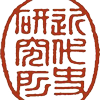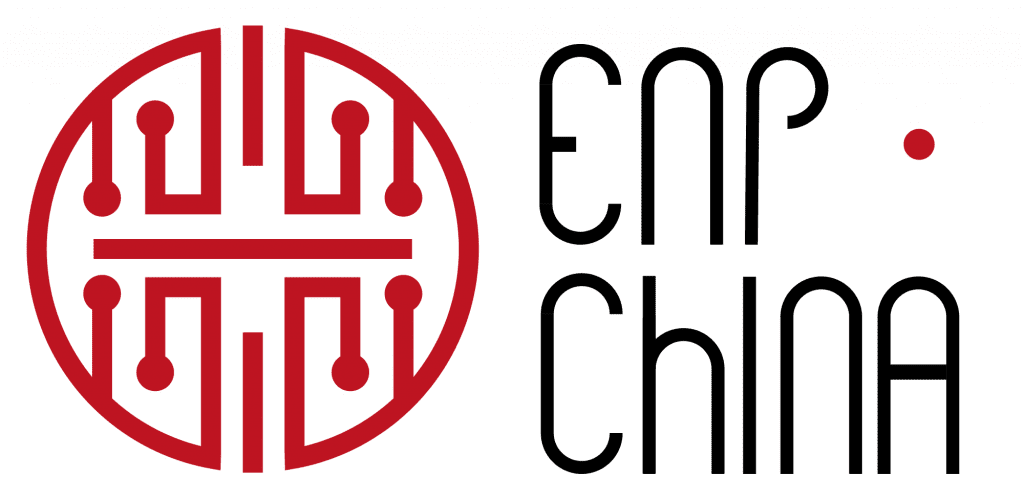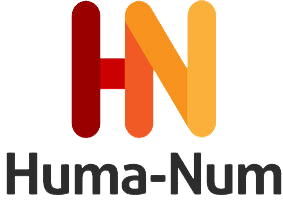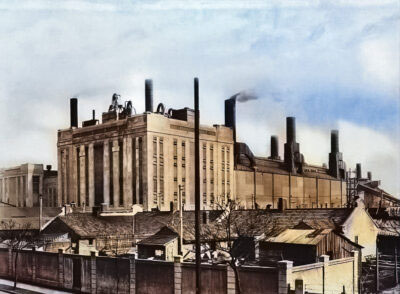
In connection with the birth of the modern press, a second case study will explore how Republican elites used this new channel of information to disseminate their ideas, shape their image, build their reputation, and support their business (advertisements) and philanthropic projects (fund-raising campaigns). Drawing on our study of newspapers’ directories, this project will unveil the actors involved in the press industry (editors, publishers, salaried journalists, special correspondents, contributing experts) and connect them with the changing editorial line and contents of newspapers. Focusing on the emerging figure of “opinion leaders”, we will try to understand how the press participated in this construction. For this study, we will rely on Chinese- (especially the Shenbao, one of the leading newspapers in China from 1872 to 1949) and English-language newspapers (mostly the British North-China Herald and Daily News, the American China Weekly Review and China Press, and the Hongkong-based South-China Morning Post. We have all these periodicals in full-text format which allow the extensive use of NLP methods. Our methodology is still to be determined, but it will partly borrow from studies in culturomics (Borin, 2013), while relying on statistical techniques (n-grams) and more advanced techniques in Natural Language Processing (NLP) (name entity recognition, event detection, topic modeling) aimed at a better understanding of large press corpora and at contextualizing the classical (close) reading of newspaper articles. The combination of close and distant analysis will help revisit the old debates on “the public sphere” and will provide a fresh perspective on the functions of the press in Republican China.
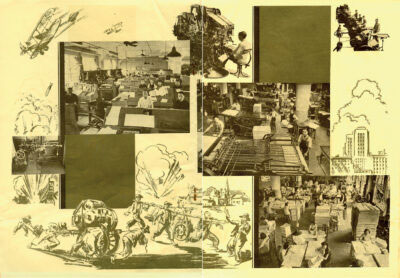
In connection with the birth of the modern press, a second case study will explore how Republican elites used this new channel of information to disseminate their ideas, shape their image, build their reputation, and support their business (advertisements) and philanthropic projects (fund-raising campaigns). Drawing on our study of newspapers’ directories, this project will unveil the actors involved in the press industry (editors, publishers, salaried journalists, special correspondents, contributing experts) and connect them with the changing editorial line and contents of newspapers. Focusing on the emerging figure of “opinion leaders”, we will try to understand how the press participated in this construction. For this study, we will rely on Chinese- (especially the Shenbao, one of the leading newspapers in China from 1872 to 1949) and English-language newspapers (mostly the British North-China Herald and Daily News, the American China Weekly Review and China Press, and the Hongkong-based South-China Morning Post. We have all these periodicals in full-text format which allow the extensive use of NLP methods. Our methodology is still to be determined, but it will partly borrow from studies in culturomics (Borin, 2013), while relying on statistical techniques (n-grams) and more advanced techniques in Natural Language Processing (NLP) (name entity recognition, event detection, topic modeling) aimed at a better understanding of large press corpora and at contextualizing the classical (close) reading of newspaper articles. The combination of close and distant analysis will help revisit the old debates on “the public sphere” and will provide a fresh perspective on the functions of the press in Republican China.

In connection with the birth of the modern press, a second case study will explore how Republican elites used this new channel of information to disseminate their ideas, shape their image, build their reputation, and support their business (advertisements) and philanthropic projects (fund-raising campaigns). Drawing on our study of newspapers’ directories, this project will unveil the actors involved in the press industry (editors, publishers, salaried journalists, special correspondents, contributing experts) and connect them with the changing editorial line and contents of newspapers. Focusing on the emerging figure of “opinion leaders”, we will try to understand how the press participated in this construction. For this study, we will rely on Chinese- (especially the Shenbao, one of the leading newspapers in China from 1872 to 1949) and English-language newspapers (mostly the British North-China Herald and Daily News, the American China Weekly Review and China Press, and the Hongkong-based South-China Morning Post. We have all these periodicals in full-text format which allow the extensive use of NLP methods. Our methodology is still to be determined, but it will partly borrow from studies in culturomics (Borin, 2013), while relying on statistical techniques (n-grams) and more advanced techniques in Natural Language Processing (NLP) (name entity recognition, event detection, topic modeling) aimed at a better understanding of large press corpora and at contextualizing the classical (close) reading of newspaper articles. The combination of close and distant analysis will help revisit the old debates on “the public sphere” and will provide a fresh perspective on the functions of the press in Republican China.
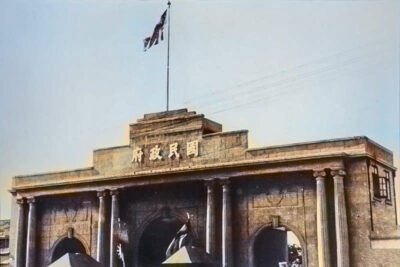
In connection with the birth of the modern press, a second case study will explore how Republican elites used this new channel of information to disseminate their ideas, shape their image, build their reputation, and support their business (advertisements) and philanthropic projects (fund-raising campaigns). Drawing on our study of newspapers’ directories, this project will unveil the actors involved in the press industry (editors, publishers, salaried journalists, special correspondents, contributing experts) and connect them with the changing editorial line and contents of newspapers. Focusing on the emerging figure of “opinion leaders”, we will try to understand how the press participated in this construction. For this study, we will rely on Chinese- (especially the Shenbao, one of the leading newspapers in China from 1872 to 1949) and English-language newspapers (mostly the British North-China Herald and Daily News, the American China Weekly Review and China Press, and the Hongkong-based South-China Morning Post. We have all these periodicals in full-text format which allow the extensive use of NLP methods. Our methodology is still to be determined, but it will partly borrow from studies in culturomics (Borin, 2013), while relying on statistical techniques (n-grams) and more advanced techniques in Natural Language Processing (NLP) (name entity recognition, event detection, topic modeling) aimed at a better understanding of large press corpora and at contextualizing the classical (close) reading of newspaper articles. The combination of close and distant analysis will help revisit the old debates on “the public sphere” and will provide a fresh perspective on the functions of the press in Republican China.
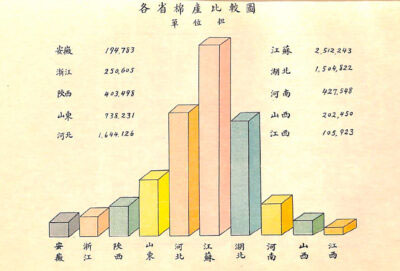
In connection with the birth of the modern press, a second case study will explore how Republican elites used this new channel of information to disseminate their ideas, shape their image, build their reputation, and support their business (advertisements) and philanthropic projects (fund-raising campaigns). Drawing on our study of newspapers’ directories, this project will unveil the actors involved in the press industry (editors, publishers, salaried journalists, special correspondents, contributing experts) and connect them with the changing editorial line and contents of newspapers. Focusing on the emerging figure of “opinion leaders”, we will try to understand how the press participated in this construction. For this study, we will rely on Chinese- (especially the Shenbao, one of the leading newspapers in China from 1872 to 1949) and English-language newspapers (mostly the British North-China Herald and Daily News, the American China Weekly Review and China Press, and the Hongkong-based South-China Morning Post. We have all these periodicals in full-text format which allow the extensive use of NLP methods. Our methodology is still to be determined, but it will partly borrow from studies in culturomics (Borin, 2013), while relying on statistical techniques (n-grams) and more advanced techniques in Natural Language Processing (NLP) (name entity recognition, event detection, topic modeling) aimed at a better understanding of large press corpora and at contextualizing the classical (close) reading of newspaper articles. The combination of close and distant analysis will help revisit the old debates on “the public sphere” and will provide a fresh perspective on the functions of the press in Republican China.
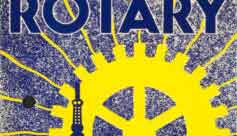
In connection with the birth of the modern press, a second case study will explore how Republican elites used this new channel of information to disseminate their ideas, shape their image, build their reputation, and support their business (advertisements) and philanthropic projects (fund-raising campaigns). Drawing on our study of newspapers’ directories, this project will unveil the actors involved in the press industry (editors, publishers, salaried journalists, special correspondents, contributing experts) and connect them with the changing editorial line and contents of newspapers. Focusing on the emerging figure of “opinion leaders”, we will try to understand how the press participated in this construction. For this study, we will rely on Chinese- (especially the Shenbao, one of the leading newspapers in China from 1872 to 1949) and English-language newspapers (mostly the British North-China Herald and Daily News, the American China Weekly Review and China Press, and the Hongkong-based South-China Morning Post. We have all these periodicals in full-text format which allow the extensive use of NLP methods. Our methodology is still to be determined, but it will partly borrow from studies in culturomics (Borin, 2013), while relying on statistical techniques (n-grams) and more advanced techniques in Natural Language Processing (NLP) (name entity recognition, event detection, topic modeling) aimed at a better understanding of large press corpora and at contextualizing the classical (close) reading of newspaper articles. The combination of close and distant analysis will help revisit the old debates on “the public sphere” and will provide a fresh perspective on the functions of the press in Republican China.
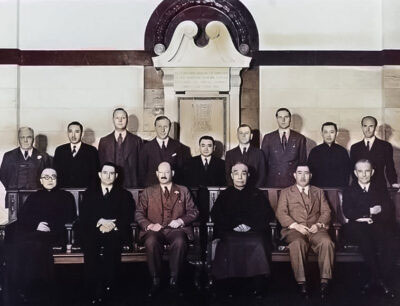
In connection with the birth of the modern press, a second case study will explore how Republican elites used this new channel of information to disseminate their ideas, shape their image, build their reputation, and support their business (advertisements) and philanthropic projects (fund-raising campaigns). Drawing on our study of newspapers’ directories, this project will unveil the actors involved in the press industry (editors, publishers, salaried journalists, special correspondents, contributing experts) and connect them with the changing editorial line and contents of newspapers. Focusing on the emerging figure of “opinion leaders”, we will try to understand how the press participated in this construction. For this study, we will rely on Chinese- (especially the Shenbao, one of the leading newspapers in China from 1872 to 1949) and English-language newspapers (mostly the British North-China Herald and Daily News, the American China Weekly Review and China Press, and the Hongkong-based South-China Morning Post. We have all these periodicals in full-text format which allow the extensive use of NLP methods. Our methodology is still to be determined, but it will partly borrow from studies in culturomics (Borin, 2013), while relying on statistical techniques (n-grams) and more advanced techniques in Natural Language Processing (NLP) (name entity recognition, event detection, topic modeling) aimed at a better understanding of large press corpora and at contextualizing the classical (close) reading of newspaper articles. The combination of close and distant analysis will help revisit the old debates on “the public sphere” and will provide a fresh perspective on the functions of the press in Republican China.
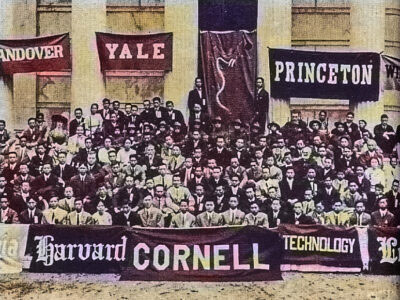
In connection with the birth of the modern press, a second case study will explore how Republican elites used this new channel of information to disseminate their ideas, shape their image, build their reputation, and support their business (advertisements) and philanthropic projects (fund-raising campaigns). Drawing on our study of newspapers’ directories, this project will unveil the actors involved in the press industry (editors, publishers, salaried journalists, special correspondents, contributing experts) and connect them with the changing editorial line and contents of newspapers. Focusing on the emerging figure of “opinion leaders”, we will try to understand how the press participated in this construction. For this study, we will rely on Chinese- (especially the Shenbao, one of the leading newspapers in China from 1872 to 1949) and English-language newspapers (mostly the British North-China Herald and Daily News, the American China Weekly Review and China Press, and the Hongkong-based South-China Morning Post. We have all these periodicals in full-text format which allow the extensive use of NLP methods. Our methodology is still to be determined, but it will partly borrow from studies in culturomics (Borin, 2013), while relying on statistical techniques (n-grams) and more advanced techniques in Natural Language Processing (NLP) (name entity recognition, event detection, topic modeling) aimed at a better understanding of large press corpora and at contextualizing the classical (close) reading of newspaper articles. The combination of close and distant analysis will help revisit the old debates on “the public sphere” and will provide a fresh perspective on the functions of the press in Republican China.

In connection with the birth of the modern press, a second case study will explore how Republican elites used this new channel of information to disseminate their ideas, shape their image, build their reputation, and support their business (advertisements) and philanthropic projects (fund-raising campaigns). Drawing on our study of newspapers’ directories, this project will unveil the actors involved in the press industry (editors, publishers, salaried journalists, special correspondents, contributing experts) and connect them with the changing editorial line and contents of newspapers. Focusing on the emerging figure of “opinion leaders”, we will try to understand how the press participated in this construction. For this study, we will rely on Chinese- (especially the Shenbao, one of the leading newspapers in China from 1872 to 1949) and English-language newspapers (mostly the British North-China Herald and Daily News, the American China Weekly Review and China Press, and the Hongkong-based South-China Morning Post. We have all these periodicals in full-text format which allow the extensive use of NLP methods. Our methodology is still to be determined, but it will partly borrow from studies in culturomics (Borin, 2013), while relying on statistical techniques (n-grams) and more advanced techniques in Natural Language Processing (NLP) (name entity recognition, event detection, topic modeling) aimed at a better understanding of large press corpora and at contextualizing the classical (close) reading of newspaper articles. The combination of close and distant analysis will help revisit the old debates on “the public sphere” and will provide a fresh perspective on the functions of the press in Republican China.
